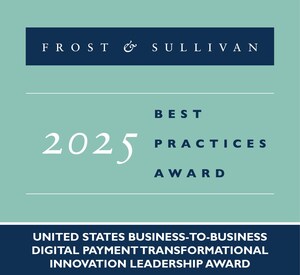Transition to Net-Zero Emissions Catalyzes Asia-Pacific Utilities' Adoption of Distributed Energy Resources
DER applications, including storage, solar, and EV charging infrastructure, will enable companies in the region to meet their sustainability goals, finds Frost & Sullivan
SAN ANTONIO, March 29, 2022 /PRNewswire/ -- Frost & Sullivan's recent analysis of the Asia-Pacific power and energy market reveals that a growing number of traditional utilities and oil & gas companies will venture into distributed energy resources (DER) applications over the next five to 10 years. DER applications, including storage, solar, and EV charging infrastructure, and the hydrogen economy are expected to accelerate the energy transition toward net-zero emissions. Most countries in the region, such as Vietnam, South Korea, Japan, and Australia, have initiated their energy transitions and show significant potential to scale up renewables. In line with these trends and the rising demand for power, overall investments in power generation capacities are expected to grow from $59.66 billion in 2021 to $73.26 billion in 2030.
For further information on this analysis, Asia-Pacific Power and Energy Outlook, 2022, please visit: https://frost.ly/75n
"Oil incumbents are venturing into the power sector through partnerships and acquisitions of renewable energy companies, DER companies, and utilities," noted Rajalingam Arikaarampalayam Chinnasamy, Industry Principal, Energy & Environment at Frost & Sullivan. "They are also likely to leverage their offshore expertise to tap into the offshore wind market in Asia-Pacific."
Chinnasamy added, "The rapid expansion of power generation capacities will drive strong investments in transmission and distribution networks. Among the emerging energy technologies, Japan, South Korea, and Australia have identified hydrogen as the most promising in accelerating their net-zero energy transition."
Companies looking to invest in the regional energy and power market can seize growth opportunities by:
- Adopting the everything-as-a-service (XaaS) model for accelerated DER uptake: Manufacturers and solution providers need to develop comprehensive plans that cover data access and gathering, flexibility, and innovation.
- Partnering with strategic competitors to leverage market synergies: Global OEMs can collaborate with local partners that specialize in the local production of components or with well-established domestic suppliers to penetrate public utility projects and commercial and industrial (C&I) customer segments.
- IoT-enabling generation and grid equipment to strengthen power network resilience and reliability: Solution providers have to create comprehensive plans and innovation roadmaps for customers to leverage the data generated from digital systems.
Asia-Pacific Power and Energy Outlook, 2022 is the latest addition to Frost & Sullivan's Energy & Environment research and analyses available through the Frost & Sullivan Leadership Council, which helps organizations identify a continuous flow of growth opportunities to succeed in an unpredictable future.
About Frost & Sullivan
For six decades, Frost & Sullivan has been world-renowned for its role in helping investors, corporate leaders and governments navigate economic changes and identify disruptive technologies, Mega Trends, new business models, and companies to action, resulting in a continuous flow of growth opportunities to drive future success. Contact us: Start the discussion
Asia-Pacific Power and Energy Outlook, 2022
PCAC
Contact:
Melissa Tan
Corporate Communications
T: +65 6890 0926
E: [email protected]






Share this article